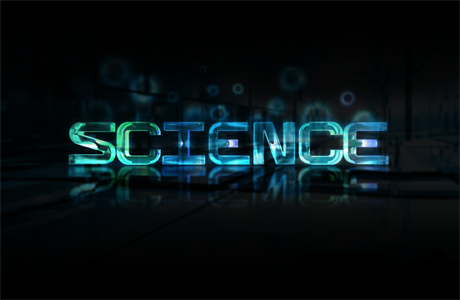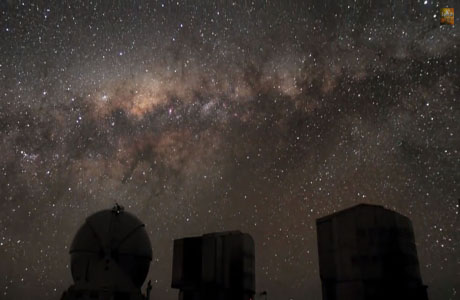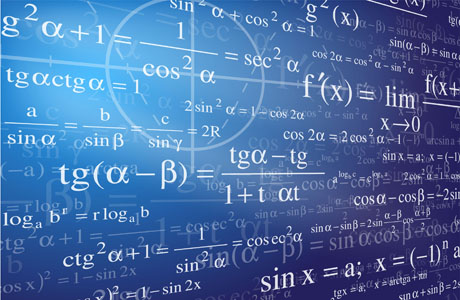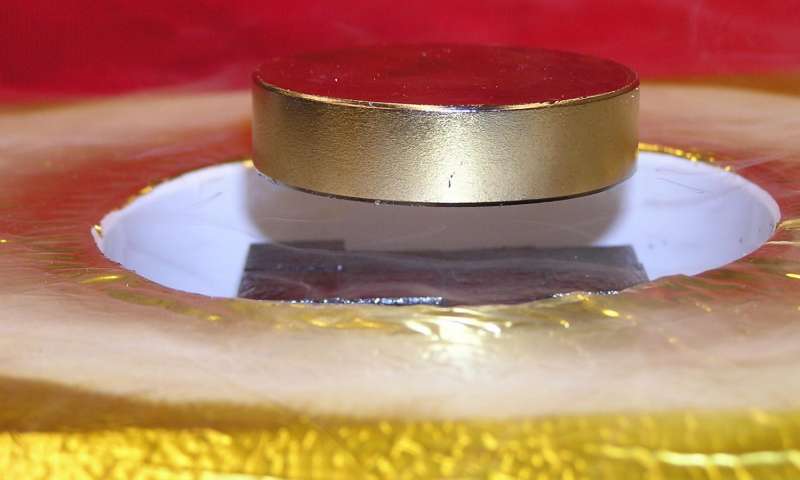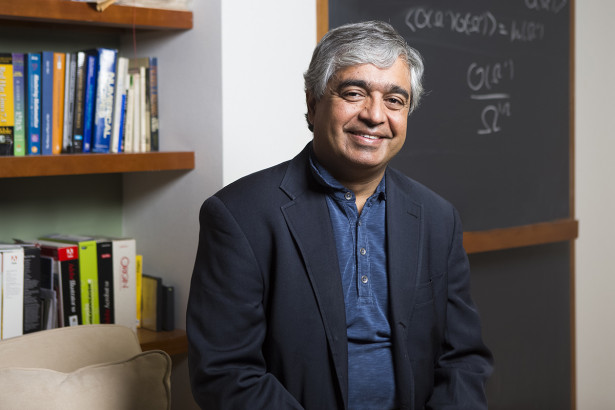NewSpace NYC and NY Society of Security Analysts – A New Space Age Race: Interplanetary Investments
Three observations from tonight:
1) EVERYONE wants to be a leader but most are not visionaries.
2) A few are visionaries but lack the leadership, business skills and/or chutzpah to make it happen.
3) Then there are the very few with both vision and chutzpah to make it happen. But, they are not just the Musks or Bezoses, they are the smaller pioneers, some of whom I met tonight, and they are the key for getting to and crossing the tipping point to a vibrant commercial space industry/economy.

Simons Observatory To Search For Origin Of The Cosmos | Simons Foundation
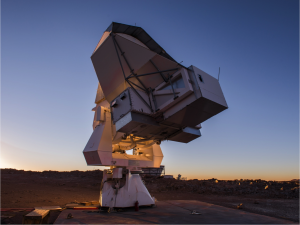
A new facility to be built in Chile aims to uncover what happened in the instant after the Big Bang and answer other cosmological questions.
Source: Simons Observatory To Search For Origin Of The Cosmos | Simons Foundation
USA Science and Engineering Festival – Home

 Celebrate STEM at the largest science festival in the country! Join the 4th USA Science & Engineering Festival in Washington, D.C. April 16-17, 2016.
Celebrate STEM at the largest science festival in the country! Join the 4th USA Science & Engineering Festival in Washington, D.C. April 16-17, 2016.
Source: USA Science and Engineering Festival – Home
Physicists discover flaws in superconductor theory
University of Houston physicists report finding major theoretical flaws in the generally accepted understanding of how a superconductor traps and holds a magnetic field.
Creating the future, SODALITY…

Sodality is a family of tech enthusiasts and entrepreneurs who support each other through brainstorms, business incubation, and exceptional experiences.
Join the SODALITY…
Possible signature of dark matter annihilation detected
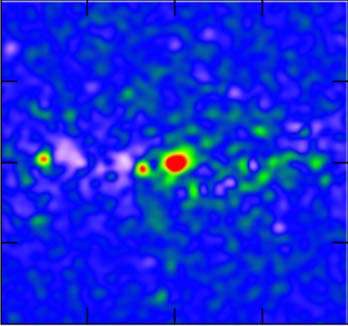
A false-color image of the anomalous gamma-ray emission from the central region of the Milky Way galaxy; this emission is suspected of coming from dark matter annihilation. In this image, the emission from conventional sources has been subtracted from the total. The region covers roughly five degrees; the brightest emission is colored red and faintest blue. Credit: Daylan et al.
CfA astronomer Doug Finkbeiner and a team of colleagues claim to have identified just such a signature of dark matter annihilation.
Read more at: http://phys.org/news/2016-03-signature-dark-annihilation.html#jCp
Physicists investigate the structure of time…
Although in theory it may seem possible to divide time up into infinitely tiny intervals, the smallest physically meaningful interval of time is widely considered to be the Planck time, which is approximately 10-43 seconds. This ultimate limit means that it is not possible for two events to be separated by a time smaller than this.
Physicists investigate the structure of time, with implications for quantum mechanics and philosophy
Taming Superconductors With String Theory | Quanta Magazine
The physicist Subir Sachdev borrows tools from string theory to understand the puzzling behavior of high-temperature superconductors.
